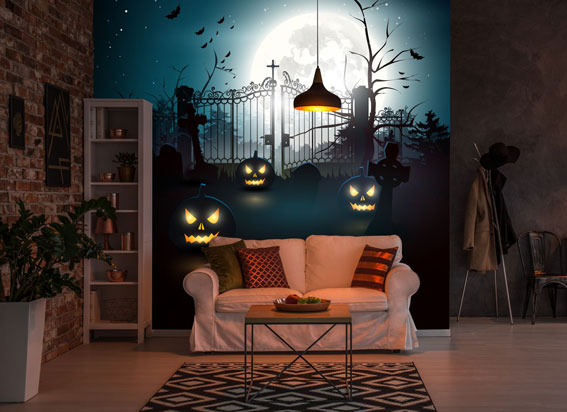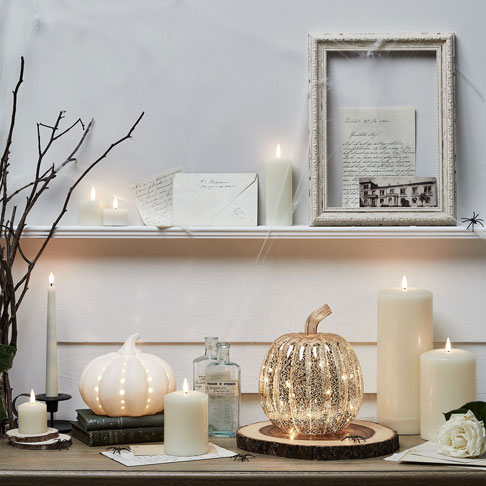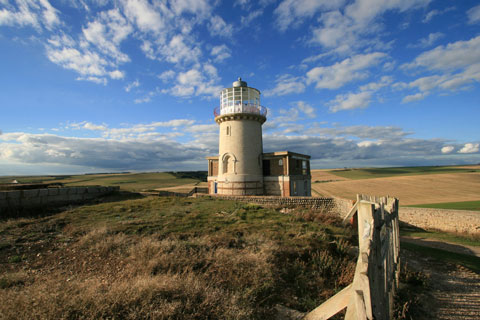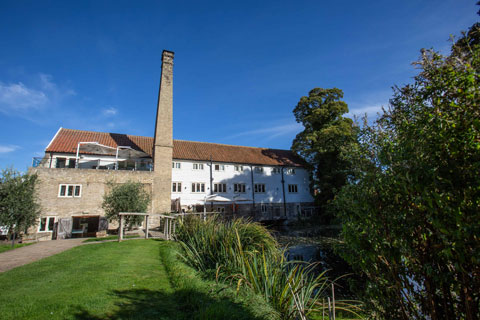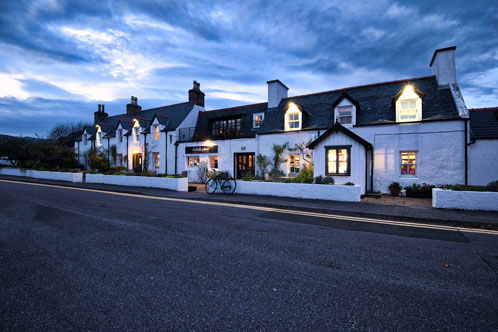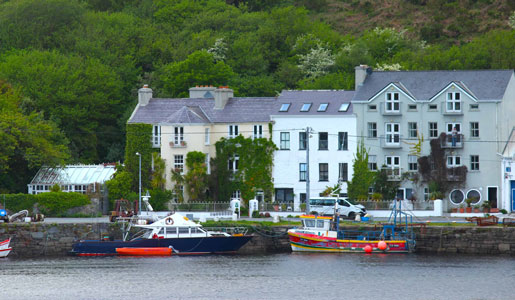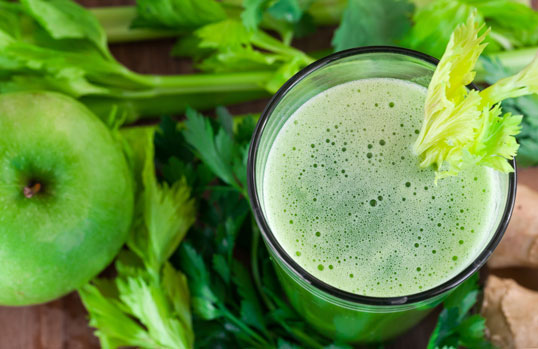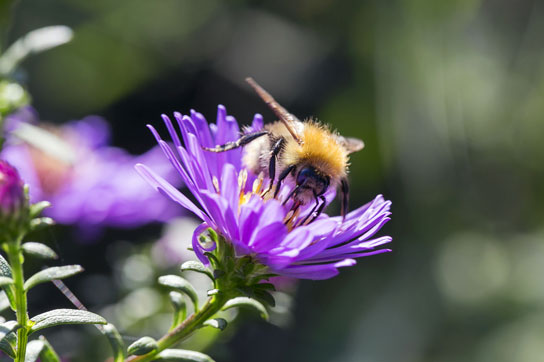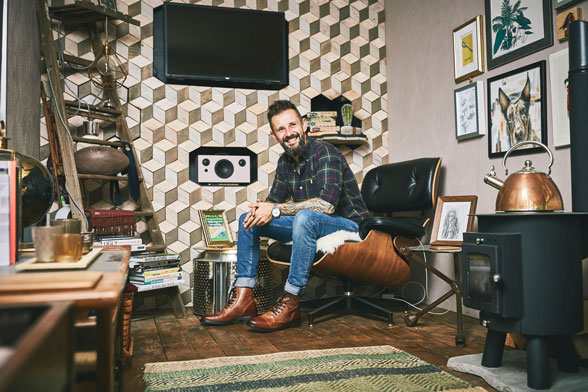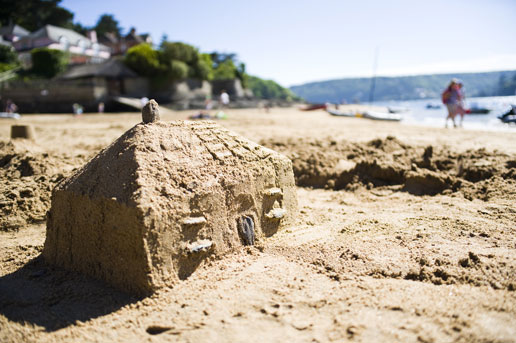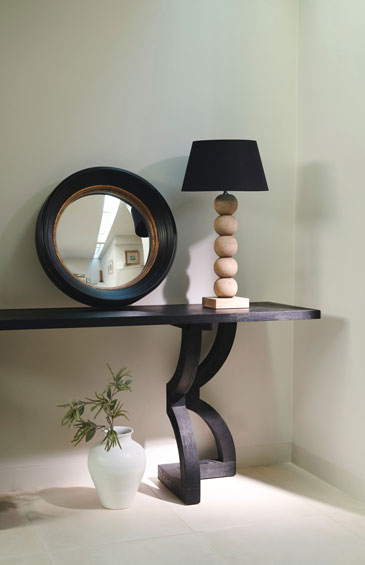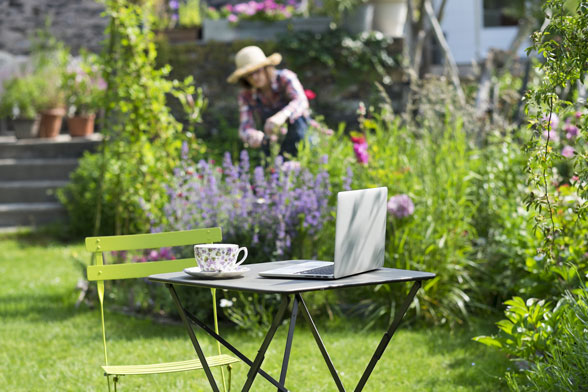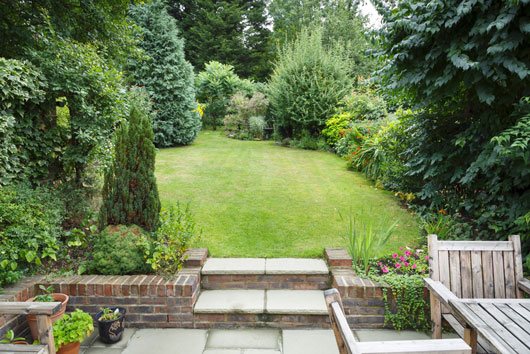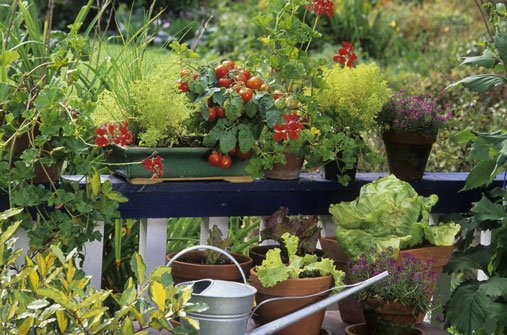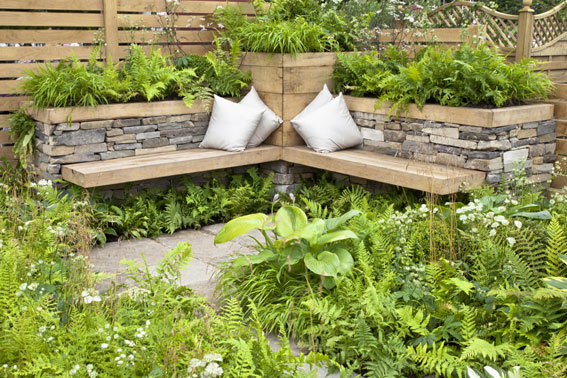TV vet Rory Cowlam advises on how to tell if your family is ready for a pet and how to choose the right kind. By Lisa Salmon.

Vet Rory Cowlam has had an affinity with animals “from day one” and can’t imagine life without them at work or at home.
Now affectionately known as Rory the Vet and a well-known face on TV -playing a leading role in the CBBC show The Pets Factor as well as appearing on Blue Peter, BBC Breakfast and Lorraine – Cowlam wanted to be a vet from the age of four when his family got a great dane puppy, Lulu, who he says was “my shadow and best friend”.
The family had various other cats and dogs (all of them adored, but not quite as much as his “kindred spirit” Lulu), plus chickens and ducks, as he grew up in the Cotswolds countryside. And the Royal Veterinary College graduate now has his own lurcher puppy, Nala, who Cowlam says was abandoned by travellers and found by some children, who contacted the RSPCA, for whom Cowlam is an ambassador. And after she was wormed and given plenty of food, the lucky pup was adopted this month by Cowlam.
She’s only just moved in with him, so she doesn’t feature in his new book, The Secret Life of a Vet, but it contains many other both heart-wrenching and heartwarming tales of veterinary escapades, which vividly illustrate the depth of feeling vets have for many of the animals they treat. Cowlam, 28, admits he’s been known to shed a few tears when he’s had to put much-loved pets to sleep.
Not surprisingly, the affable vet, who shares a house with his younger sister and Nala in London, is a strong advocate of pet ownership – but only if the circumstances are right.
“In my opinion, having a pet makes a family complete,” he says. “Whether it’s a fish, guinea pigs, a dog or a terrapin, they all bring such joy. If you’re looking to add a pet to your family, make sure to do your research and choose the right pet for your family and circumstances. Do this, and you can’t go wrong.”
Here, Cowlam, who qualified five years ago and works at a veterinary practice, discusses what families need to consider if they’re thinking of getting a pet.

How can you tell if your family’s ready for a pet?
“It’s always a really hard decision working out if your family is ready for a pet – it’s not one to take lightly and it’s crucial to realise that if you go ahead, you have to put the pet first.
“A really important thing to consider is the cost associated with having a pet – you must be able to afford it and everything looking after it entails. This includes insurance, food, vet bills and other costs.
“The other thing to consider is do you have the time that a pet deserves and needs? They take up a huge amount of time and you have to consider whether you’re willing to sacrifice certain things to be home for them. If you can provide this though, it’s the most wonderful thing in the world.”
What do families need to consider before getting a pet?
“There are many things to consider, as I’ve already mentioned, but you also must consider whether the pet is right for your current circumstances. Things to take into consideration are where you live, whether you have young children, and whether you have the time and means to look after it. I really do urge anyone considering getting a pet to think long and hard about these things before going ahead.”

What are the best pets to choose to fit your family circumstances?
“This is such a difficult question, as it depends on all of the above. For example, a dog would require lots of time and training, whereas a goldfish requires very little! Make sure to thoroughly research your chosen pet before you adopt it though, to ensure you get the very best pet for your lifestyle. There’s lots of help and advice out there too.”
Which pets should particular families avoid, and why?
“There are few to avoid. I highly recommend rescuing; however, these are not always appropriate for families with young children. Again, please do your research before rushing into anything.”

What are the benefits of having a pet in the family?
“I’m a strong believer that children learn so much from pets that they wouldn’t otherwise be exposed to – for example, social skills and empathy. There are numerous studies that show pets not only help children but also benefit their mental health.
“I also believe they teach children responsibility as they realise they need to be looked after (given food, water, training, letting them out to the toilet, walking them etc for dogs).”
The Secret Life of a Vet by Rory Cowlam ls published by Coronet, priced £9.99. Available now.





